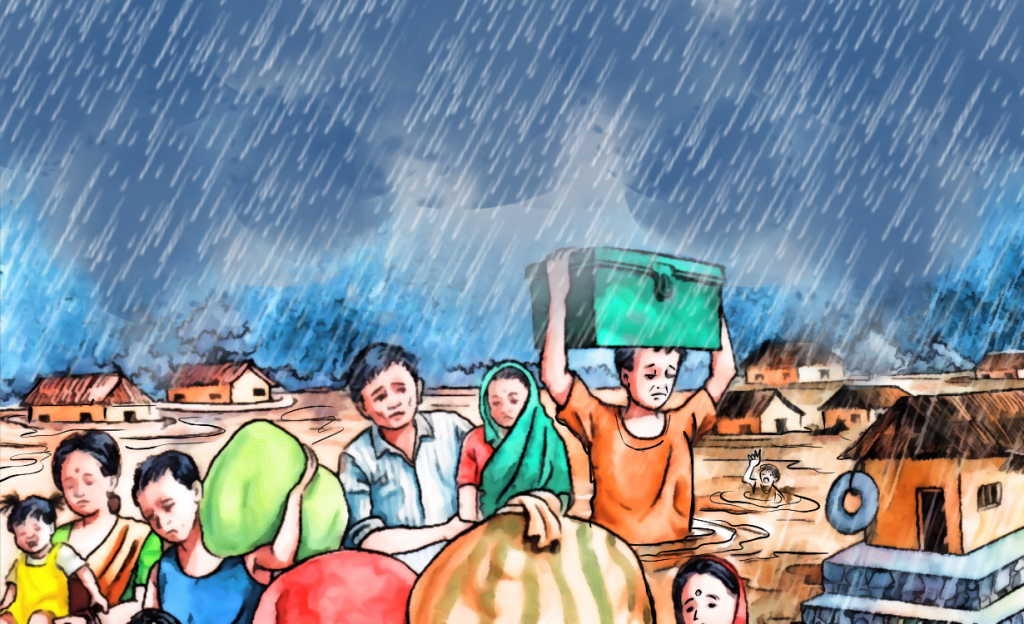
Kathmandu, June 6
Nepal is stepping up its disaster preparedness with the installation of a state-of-the-art AI landslide forecasting system, the launch of a toll-free disaster emergency number, and the introduction of a comprehensive Monsoon Preparedness and Response Plan.
The new AI system, SAFE-RISCCS, is set to be installed in landslide-prone regions. Developed by scientists from the University of Melbourne, Tribhuvan University, and the University of Florence, in collaboration with Nepal’s government and Australia’s Department of Foreign Affairs and Trade, this system analyses satellite images and ground motion data to predict landslides accurately. “This initiative is crucial for early warning and better preparedness,” said Professor Antoinette Tordesillas from the University of Melbourne.
Complementing this, the government has launched a 24/7 toll-free number, 1149, to report disaster emergencies. Announced by Deputy Prime Minister and Home Affairs Minister Rabi Lamichhane, the service aims to enhance citizen safety during the monsoon, which is expected to bring above-average rainfall. A command post and emergency personnel have been mobilised, with helicopters on standby for urgent situations.
Additionally, the National Disaster Risk Reduction and Management Authority unveiled the ‘Monsoon Preparedness and Response Plan 2081 BS’. Endorsed on June 3, this plan outlines measures to protect the estimated 181,000 people and 400,000 households expected to be affected by monsoon-related hazards. Executive Chief Anil Pokhrel emphasised the importance of meteorological forecasts and inter-ministerial cooperation for effective implementation.
Together, these efforts aim to reduce the risks and enhance the safety and resilience of communities across Nepal.
























